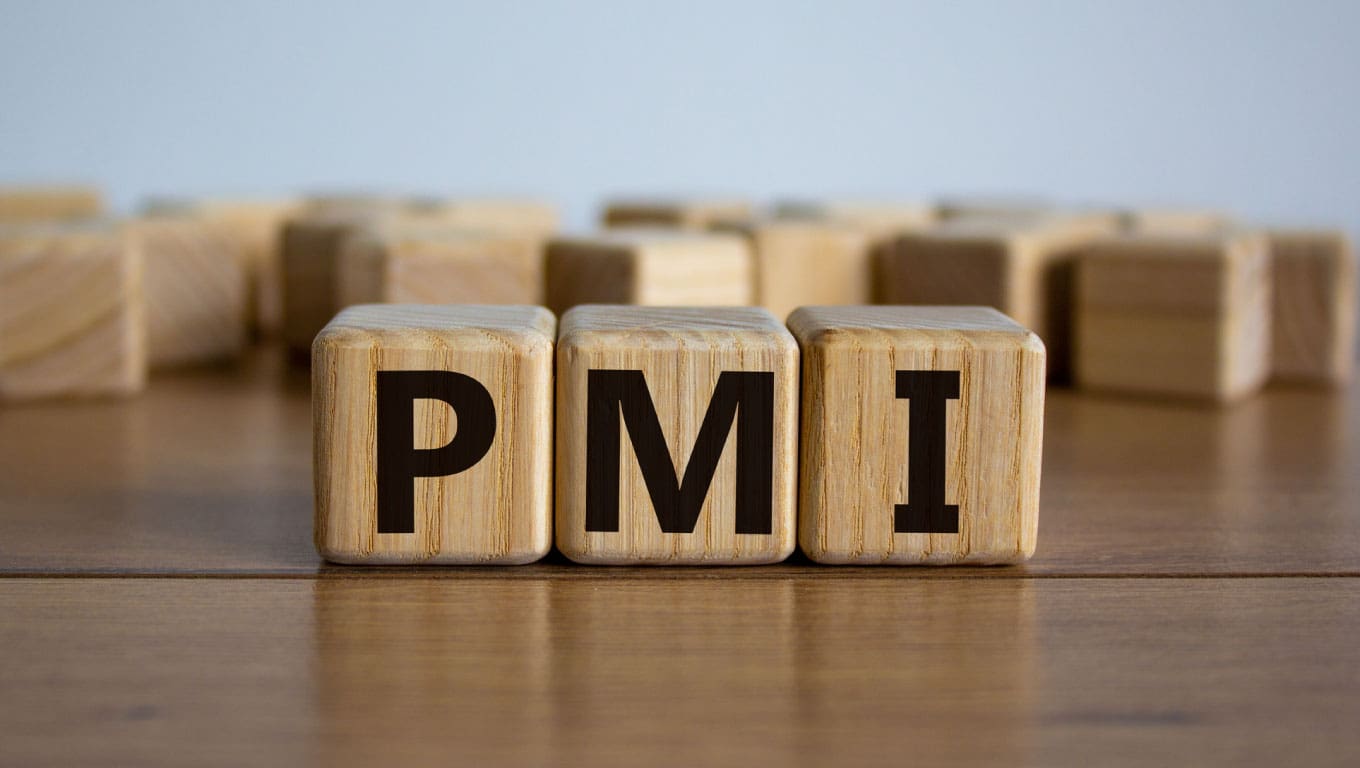Leggi questo articolo in Italiano

PMI: Purchasing Managers Index
By Gabriele Brambilla
The Purchasing Managers Index (PMI) is an important indicator that offers useful insights into the market from behind the scenes

Introduction to PMI
Among the most important indicators out there, but perhaps given less attention, is the PMI. In fact, this figure offers a different view of the market: not the usual observation of sales figures, growth and so on, but a real “peek” behind the scenes.
In this short article we will explain what PMI is, why it is so significant and what it shows. In just a few minutes of reading we will put another valuable ally among our tools.
What is the Purchasing Managers Index?
PMI is short for Purchasing Managers Index; the name in itself gives an idea of what it is about, but let’s understand it in detail.
The PMI is an indicator issued on the first Monday of each month. One of the most prominent entities to publish it is theInstitute for Supply Management, also known as ISM.
The index is based on data from a specific questionnaire submitted to a number of purchasing department managers of large companies operating in the manufacturing sector. The answers provided, which make up the PMI, allow us to understand whether companies will buy more or less materials for their operations. Clearly, if the industry as a whole buys more materials, it is because production will be higher than in the previous period. As a result, the industry’s economy (and usually the overall economy as well) should grow. Conversely, a contraction in purchases could mean less production and, by extension, economic decline.
Note that the Purchasing Managers Index does not allow investigation of a single entity, but only of the sector as a whole. It can predict important information about the economy, but some entities in it may be going against the grain. In addition, PMI results are not as much of a certainty as those of a CPI, to give an example; therefore, we recommend investigating with other tools and not making decisions based on a single indicator.
Last but not least, the actual value.
The PMI can range from 0 to 100. Quota 50 is the middle ground, representing no change from the previous period. Above 50 there is an expansion from the previous month, while below 50 there is a contraction.
Note: The indicator also exists for non-manufacturing sectors and is also compiled by alternative entities to the Institute for Supply Management. We recommend following Investing.com’s economic calendar to make sure you don’t miss any data.
PMI calculation
The formula for calculating the Purchasing Managers Index is quite simple, here it is:
PMI = (p1*1) + (p2*0.5) + (p3*0)
Let’s understand what the various items represent:
- p1 is the percentage of positive responses, i.e., showing improvement (more purchases);
- p2 is the percentage of neutral responses, that is, no change from the previous month (unchanged purchases);
- p3, on the other hand, is the percentage of negative responses, showing a worsening (fewer purchases).
"PMI = (p1*1) + (p2*0,5) + (p3*0)"
PMI: strengths and weaknesses
Now that we know more about this indicator, let’s highlight its strengths and weaknesses so that we can complete the picture.
The strengths of the PMI
The main strength of this index is its ease of reading: at a glance we will understand whether the situation has improved or worsened compared to the previous period. What’s more, since it is a monthly appointment, you have access to data that is always current and up-to-date.
An additional plus point is the fact that the indicator has forecasting functions, but is based on real data. Moreover, as we also said at the beginning of the article, the PMI makes us see things from the side of those who produce and buy to produce, offering a different perspective on the market.
The weaknesses of PMI
More than weakness, we must speak of limitation. The Purchasing Manager Index takes a snapshot of a particular sector, but not of all activities. We may therefore have information on industry, as well as services, up to even more niche data, but not of the aggregate. This is especially true for the Index referring to manufacturing, which has become less important in our times than in the past.
In any case, looking at the various PMIs gives us information that is always useful, to compare with other indicators. With precise and well thought-out work we will be able to understand what the current situation is and where the market might go, reducing risk and increasing the chances of success-no small feat!